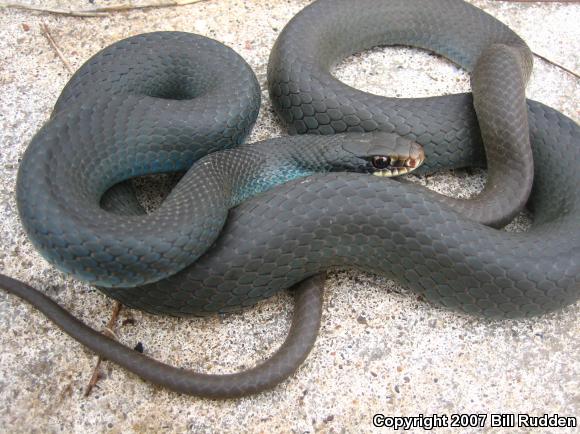
Behavior/Adaptability īlue racers seem to be relatively intolerant of high levels of human activity and for most of the active season, they remain in areas of low human density.Įvidence to suggest this comes largely from radio telemetry data from both blue racers and eastern fox snakes that inhabited the same general areas on Pelee Island flaviventris (the eastern yellow-bellied racer), most recent authorities agree that the subspecies C.c. Although there has been some controversy regarding the designation of C.c. The largest documented specimen captured on Pelee Island was 138 cm SVL. The blue racer is one of Ontario's largest snakes, reaching 90 cm to 152 cm snout-to-vent length (SVL).

COLUBER CONSTRICTOR FOXII CARE FULL
Unlike adults, hatchlings and yearlings (first full active season) have dorsal blotches that fade completely by the third year however, juvenile patterning is still visible on the venter until late in the snake's third season.

They also have characteristic black masks, relatively large eyes, and often have brownish-orange rostral scales (snouts). On Pelee Island in Ontario, the blue racer is restricted to the eastern two-thirds of the island.īlue racers often have creamy white ventral scales, dull grey to brilliant blue lateral scales, and pale brown to dark grey dorsum. The last reliable record of the blue racer on mainland Canada was in Ontario in 1983. In the United States: Ohio, Indiana, Illinois, Michigan, Wisconsin, South Dakota, and Iowa are now the only states with extant populations of blue racer.

A mosaic of these habitats is likely required to fulfill the ecological needs of C. Coluber constrictor foxii, commonly known as the blue racer, is a subspecies of Coluber constrictor, a species of nonvenomous, colubrid snake commonly referred to as the eastern racer.īlue racers prefer open and semi-open habitats, savanna, old field shoreline, and edge habitats.


 0 kommentar(er)
0 kommentar(er)
